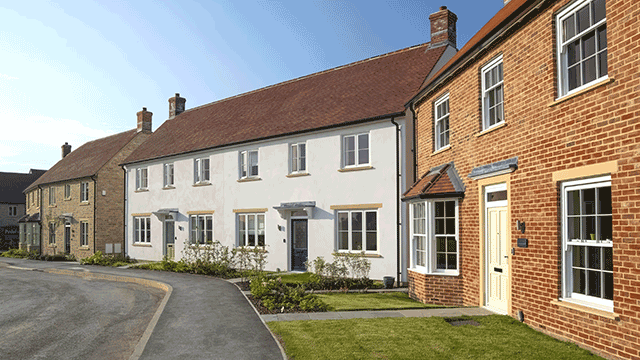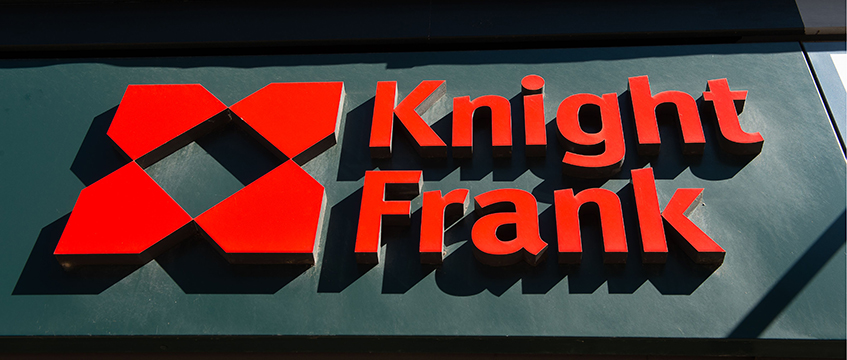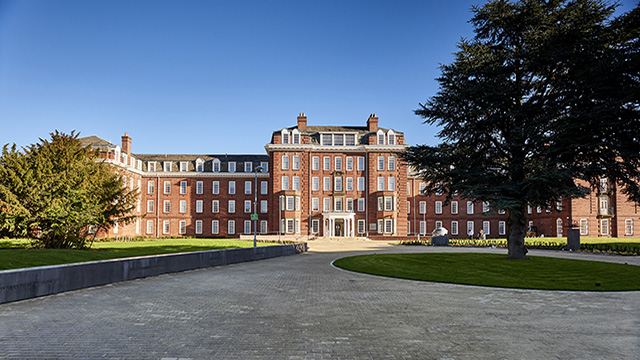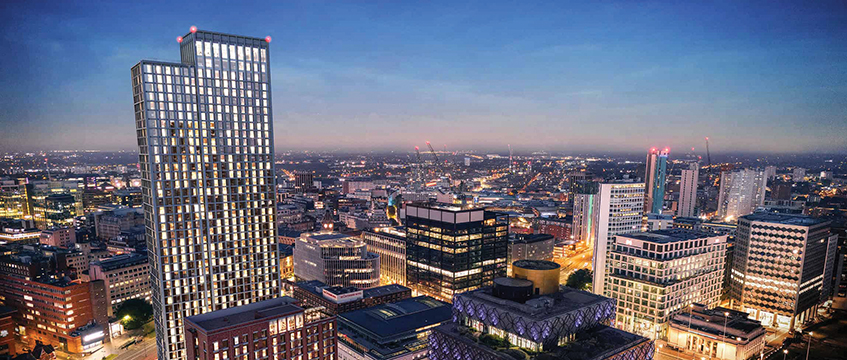COMMENT After a year of skyrocketing energy prices, the end of the energy crisis might be in sight as wholesale gas prices drop and temperatures rise. However, we can’t count on unpredictable weather and volatile energy markets to bring about a permanent fix to a long-standing problem across Europe – a lack of green homes.
The share of homes with energy performance certificates rated A or B is as low as 5% to 15% in most European countries, according to Eurostat, the European Commission’s statistics organisation.
The European Union’s target of reaching net zero by 2050 and making all new buildings zero emission by 2028, combined with the spiralling costs of living and the current energy crisis, makes it essential that the entire property sector addresses the question of energy efficiency.
JLL estimates that in 2022 household energy bills grew by up to 55% year-on-year across Europe. This year, households are expected to continue spending a record-high share of their income on housing energy, even higher than in 2022 for some.
In Germany, JLL found that, following the moderate to high price growth scenario, an average household will have to pay between 34% and 53% more for energy. The increase in household energy costs is expected to lead to an additional total burden on private households of around €22bn-€32bn (£19.2bn-£28bn).
Number-one concern
Energy efficiency has become an important factor for both tenants and landlords. Energy-efficient homes allow tenants to lower their operating costs.
The 2022 JLL Tenant Survey found that 66% of respondents rated energy efficiency and running costs as more important now than pre-pandemic, effectively making it their number one concern. In the UK, JLL analysis of EPC data shows that homes in band G pay almost three times as much as homes in bands A-C.
In Germany, we found a strong correlation between a home’s EPC rating and achieved rent or price, with a brown discount of between -12% and -33% for home purchases and -6% for renting a home with EPC ranging from B to H, compared with EPC A.
In countries where build-to-rent has grown rapidly over the past few years, such as the UK, Spain and Finland, the sector has a clear advantage over broader private rented stock as it is concentrated in mostly new or recently refurbished – and hence more energy-efficient – stock.
In the UK, two-thirds of private rented sector homes have EPC D or worse, while almost all build-to-rent accommodation meets the standard.
We must prioritise upgrading the buildings we already have to avoid high embodied carbon emissions for decades to come as 80% of buildings that will be standing in 2050 – when Europe is aiming to achieve its net-zero carbon target – have already been built.
Stranded assets
Housing providers have been exploring different solutions to put their stock on the right path.
European residential real estate investor and manager Heimstaden has implemented locally adapted technical solutions, such as smart control solutions for heating systems in the Nordics, thermal insulation in the Netherlands and Czech Republic, and hydraulic balancing in Germany, as well as installed solar PVs.
Others are partnering with energy efficiency experts to foster knowledge and cooperation: listed residential firm Vonovia invested in and joined the board of Austrian proptech start-up Gropyus; one of the UK’s largest construction companies, Seddon, and real estate manager Waypoint have joined forces to create a joint venture focusing on transitioning to renewable sources of energy.
Investors will continue to prioritise greener assets as they seek to future-proof their portfolios, as buildings with poor performance risk becoming stranded assets.
Unlocking the multi-billion retrofitting opportunity will bear fruit in the long run as tenant preferences shift towards energy-efficient homes and environmental regulations tighten.
Dominika Mocová is a research analyst for EMEA living at JLL











